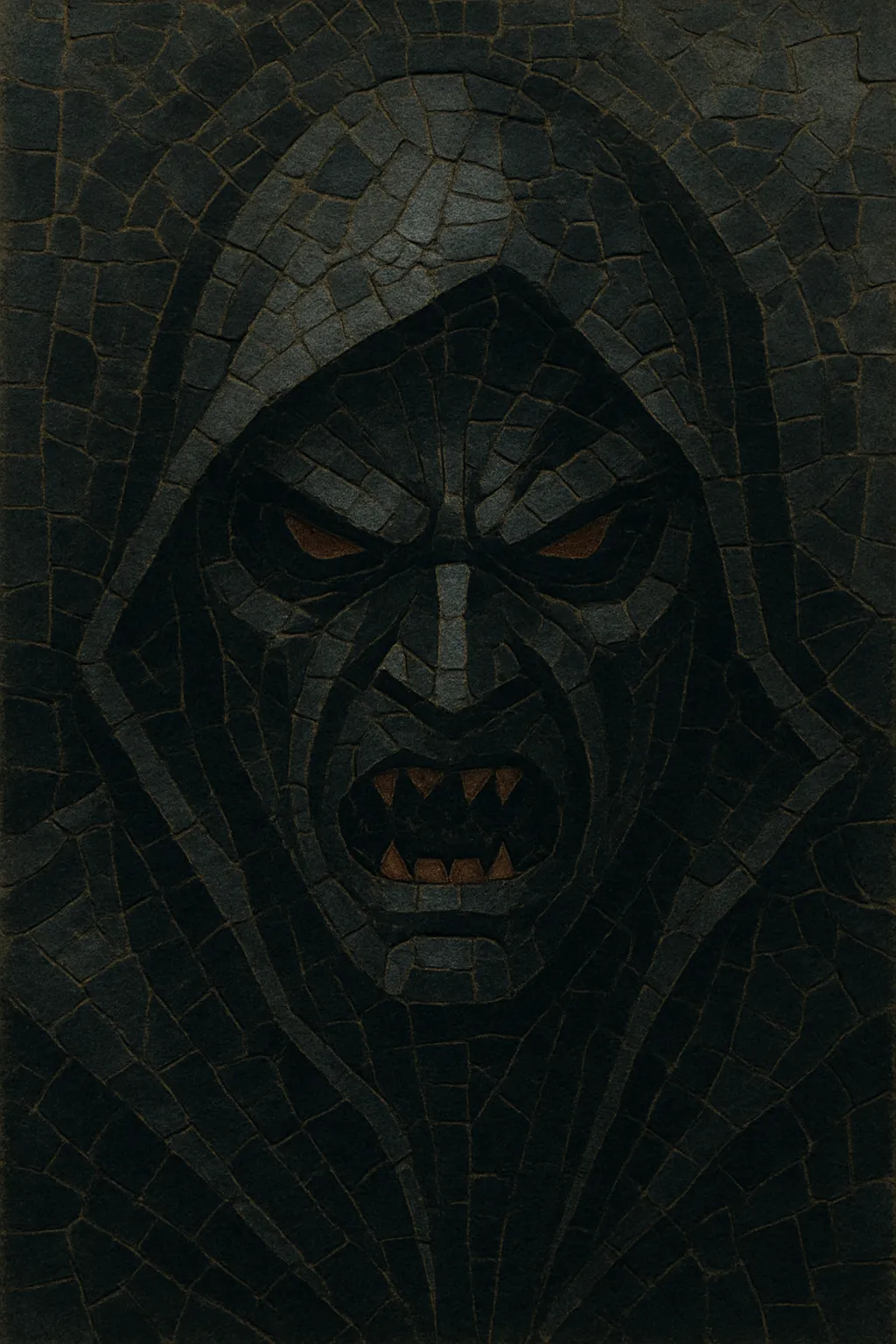Minatory is best understood as an aesthetic-focused microgenre that foregrounds a menacing, foreboding, and ominous character. Rather than being defined by a single rhythmic template, it emphasizes mood and sound design: sub‑bass pressure, dissonant clusters, low drones, and stark percussive motifs that create a sense of impending threat.
It sits at the intersection of industrial, dark ambient, horror‑film synthesizer scoring, and drone practices. Typical materials include minor and modal harmony (often Phrygian or Locrian colors), slow to mid‑tempo pulses, and richly textured noise or field recordings processed into musical beds. The result is music that feels tense, claustrophobic, and cinematic, suitable for thriller and horror contexts as well as brooding experimental listening.
Minatory emerged as a descriptor for music whose primary goal is to evoke menace and foreboding. Over time it coalesced into a recognizable microgenre, drawing on industrial abrasion, dark ambient spaciousness, and the stark, modal synth writing of horror scores.
The roots lie in late‑1970s and 1980s horror and thriller film music—particularly minimal, synthesizer‑driven scores—and in the parallel rise of industrial and proto–dark ambient practices. The combination of pulsing analog synths, dissonant drones, and austere percussion provided an archetype for “menacing” music that would later be tagged as minatory.
Through the 1990s and 2000s, post‑industrial, dark ambient, and drone artists expanded the vocabulary: heavier sub‑bass, more sophisticated sound design, and noise‑textural layering. Video game and television scoring (especially in psychological horror) helped normalize the sound for mass audiences, while experimental scenes circulated the aesthetic on netlabels and forums, informally codifying the term.
In the 2010s, platform tagging and online curation made “minatory” a convenient umbrella for ominous, cinematic electronic works. Its atmosphere has fed into adjacent styles such as witch house, darksynth, dungeon synth, and industrial‑leaning hip hop, while remaining a go‑to palette for contemporary film/TV composers seeking tightly wound tension.
Write with the goal of sustained menace. Keep textures focused, dynamics controlled, and pacing deliberate so tension accumulates rather than resolves.


